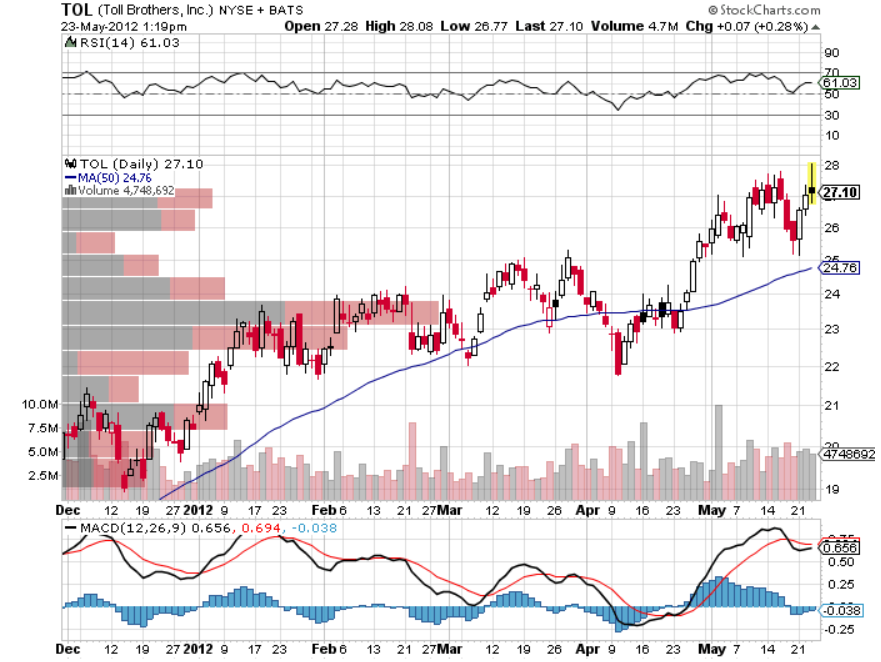Technical and fundamental analysts are often viewed as the Hatfields and McCoys of the investment world, but Jane Edmondson doesn’t see any reason why the two approaches can’t work together.
“Quantitative and fundamental are not black and white,” says Edmondson, who manages the new Mid Cap Quant portfolio on Covestor. “A hybrid of the two can be a good approach in this market.”
Fundamental analysis attempts to value companies by focusing on balance sheets, business trends, earnings, competitive forces and the like. Think old-school investors like Warren Buffett.
Technical or “quant” analysts, meanwhile, like to look at chart patterns, sentiment, and supply/demand pressures on the stock when deciding what to buy and sell. Many hedge funds are based on sophisticated quant strategies.
So-called quants and fundamental analysts are often skeptical of the opposing camp’s approach.
Yet Edmondson describes her approach as 80% data-driven quantitative, and 20% fundamental.
“I’m a big proponent of quant investing because of the discipline. However, there is such a proliferation of data now that it’s more difficult to be pure quant,” she added. “Investors can go online and get all the data that was previously only available to large institutions.”
Edmondson started investment firm EQM Capital in 2012 and previously worked for over a decade at Allianz Global Investors Capital and its predecessor firm Nicholas-Applegate Capital Management as a quantitative investment analyst and lead portfolio manager.
The Mid Cap Quant portfolio tries to beat the S&P 400 Midcap Index over longer periods by identifying companies that demonstrate what Edmondson calls positive sustainable change. She ranks stocks and only the top 10% are buy candidates for the portfolio.
“There can be opportunities in the mid-cap space because many investors focus on large- or small-cap stocks, and ignore mid caps,” she said. “You get a lot of rising stars and fallen angels in mid caps. Some hedge funds invest in mid caps because the market isn’t as efficient as large caps, but it’s more liquid than small caps.”
Also, U.S. mid-cap stocks have been strong performers in recent years. For example, as of Nov. 24, the iShares Core S&P MidCap ETF (IJH) has a 10-year total annualized return of 10.4%, compared with 7.9% for the S&P 500, and 9.3% for the Russell 2000.
Edmondson says one of the strengths of quantitative analysis is it allows her to analyze thousands of stocks, or much more than fundamental analysis. Yet she doesn’t rely completely on the technicals.
“Incorporating some fundamental analysis helps us identify ‘false positives’ from our quantitative research,” she said. “Fundamental research helps us understand the business and any potential major events or surprises, such a takeover or something in the product pipeline.”
Her fundamental research includes looking at earnings, cash flows, valuations, short interest and Wall Street analyst recommendations.
The Mid Cap Quant portfolio typically has annual turnover in the 100% to 150% range. The portfolio aims for 20 to 25 holdings and no single industry can comprise more than 30%.
Photo Credit: Joachim S. Müller
Disclaimer: The investments discussed are held in client accounts as of November 30, 2013. These investments may or may not be currently held in client accounts. Any index comparisons provided in the blogs are for informational purposes only and should not be used as the basis for making an investment decision. Investors cannot invest directly in an index. Indexes have no fees. The reader should not assume that any investments identified were or will be profitable or that any investment recommendations or investment decisions we make in the future will be profitable. Past performance is no guarantee of future results.



